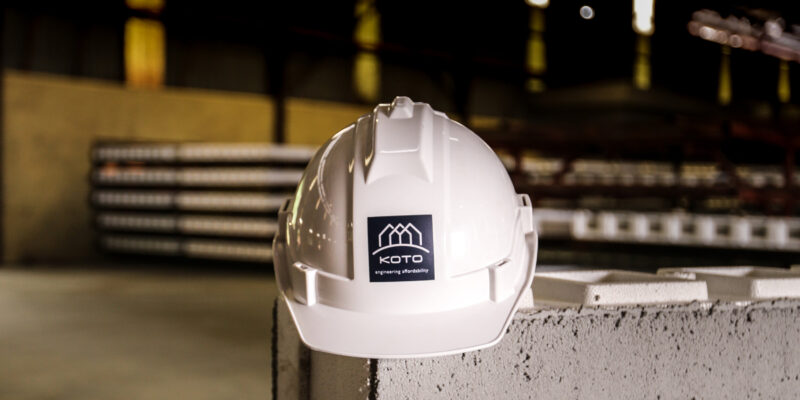Zimbabwe’s infrastructure has faced significant challenges over the past few decades, with deteriorating roads, inadequate water systems, and unreliable energy networks hindering economic growth.
However, innovative construction technologies could offer transformative solutions. One such breakthrough is Telford’s Koto technology, a cutting-edge approach to infrastructure development that combines cost-efficiency, durability, and sustainability.
By Gamuchirai Mapako
Originally developed for use in challenging environments, Koto technology could be the key to modernising Zimbabwe’s infrastructure. The tech can be applied to construct residential, commercial, large volume mass housing, apartments, resorts, upscale market, luxury homes, schools and eco-villages.
How can this innovative method be applied to enhance urban development across the country?
Koto technology is a modern adaptation of traditional construction techniques, optimised for efficiency and resilience.
The technology is premised on modular, prefabricated components; reducing construction time and labour costs, geosynthetic reinforcement; enhancing stability in weak soil conditions, sustainable materials; minimising environmental impact while maximising durability and adaptability; the tech is suitable for roads, bridges, drainage systems, and even low-cost housing.
The technology has been successfully deployed in countries with similar infrastructure challenges to Zimbabwe, including parts of Africa and South Asia. In place of the traditional bricks, the tech is optimised for broad range of industrial and agricultural waste and is capable of working with plastic bottles, automobile tires, corn stalk, polystyrene, rice straws, wood waste, hemp waste, sand, sugar cane, cardboard and hay to produce the building material.
Similarly, Zimbabwe’s road system has also suffered from years of underinvestment, with potholes and crumbling surfaces making transportation inefficient and costly.
Prefabricated panels and geotextile layers could allow for faster road repairs and new constructions compared to conventional methods while the reinforced design resists erosion and heavy rainfall damage, critical in Zimbabwe’s climate.
By using locally available materials and reducing labour-intensive processes, the government could stretch its infrastructure budget further.
This kind of technology could be the gateway to affordable and resilient housing.
With a growing urban population and a housing deficit exceeding 1.3 million units, Zimbabwe needs sustainable building solutions. Koto technology can support quick assembly of low-cost, durable homes for urban and rural communities using Zimbabwe’s abundant clay and stone resources to keep costs low.
Telford’s Koto technology offers a practical, scalable solution to Zimbabwe’s infrastructure crisis. By leveraging its modular, durable, and cost-effective approach, the country can rebuild roads, improve water systems, and expand housing without excessive spending.
With the right investment and political will, Zimbabwe could position itself as a leader in modern, sustainable infrastructure development, ushering in a new era of economic growth and improved quality of life for its citizens.
One could suggest pilot projects in selected cities to demonstrate Koto’s effectiveness.
If successful, this technology could become a cornerstone of Zimbabwe’s infrastructure revival.















Comments